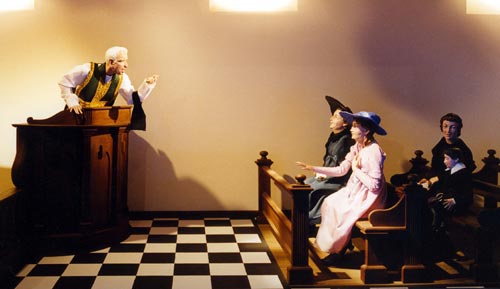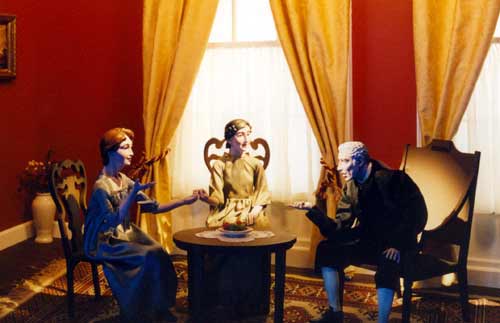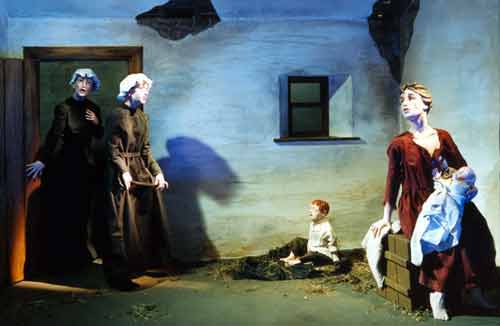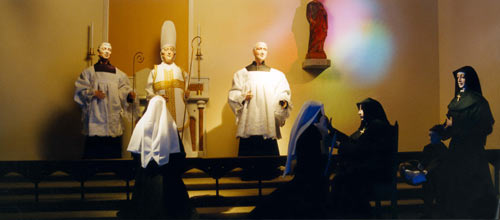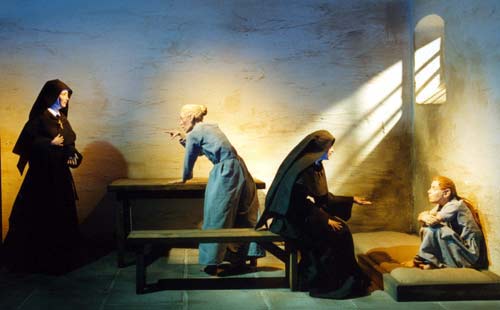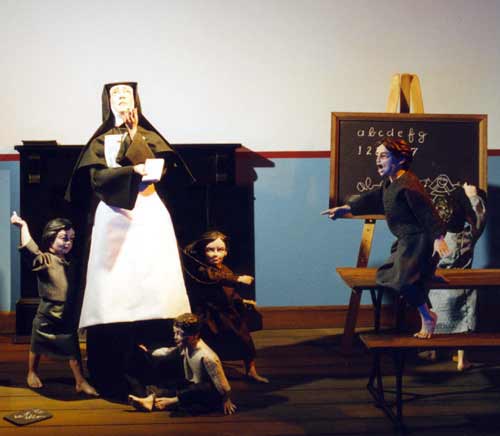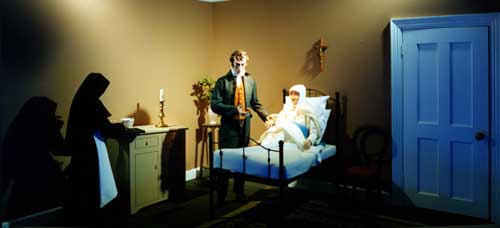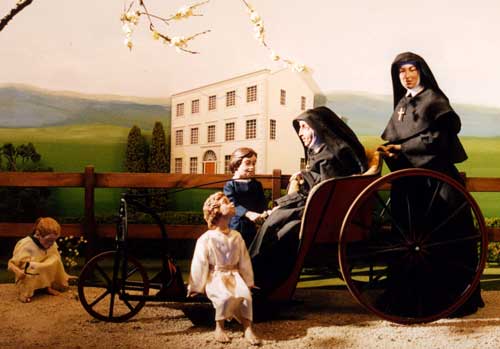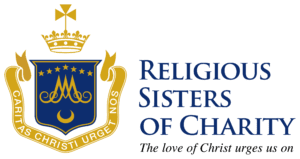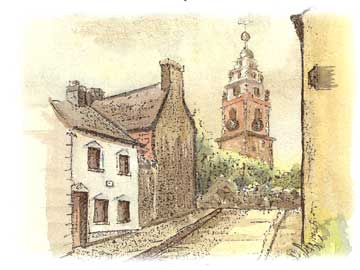
Our Visionary Founder
The spirit and mission of Mary Aikenhead lives on today, more than 150 years after her death, through the sisters, co-workers, associates and benefactors of the Congregation. Not only is Mary Aikenhead our foundress, but her writings and the life she led are a continual inspiration to us.
Her Spirit and Mission
In 1815, following training at the Bar Convent in York, Mary Aikenhead founded the Religious Sisters of Charity. Increasing unemployment, outbreaks of cholera and the great famine were part of the setting in which Mary Aikenhead founded her new Congregation. Love was the compelling force behind all of her life’s work. Her warm-hearted caring love sprang from her deep tender love for God which was rooted in faith – a faith which enabled her to find God in all things and to love Him in all people. The work of Mary Aikenhead included the establishment of schools, hospitals and orphanages for people in need, and very importantly the visiting of the poor, especially the sick in their homes, and those in prison.

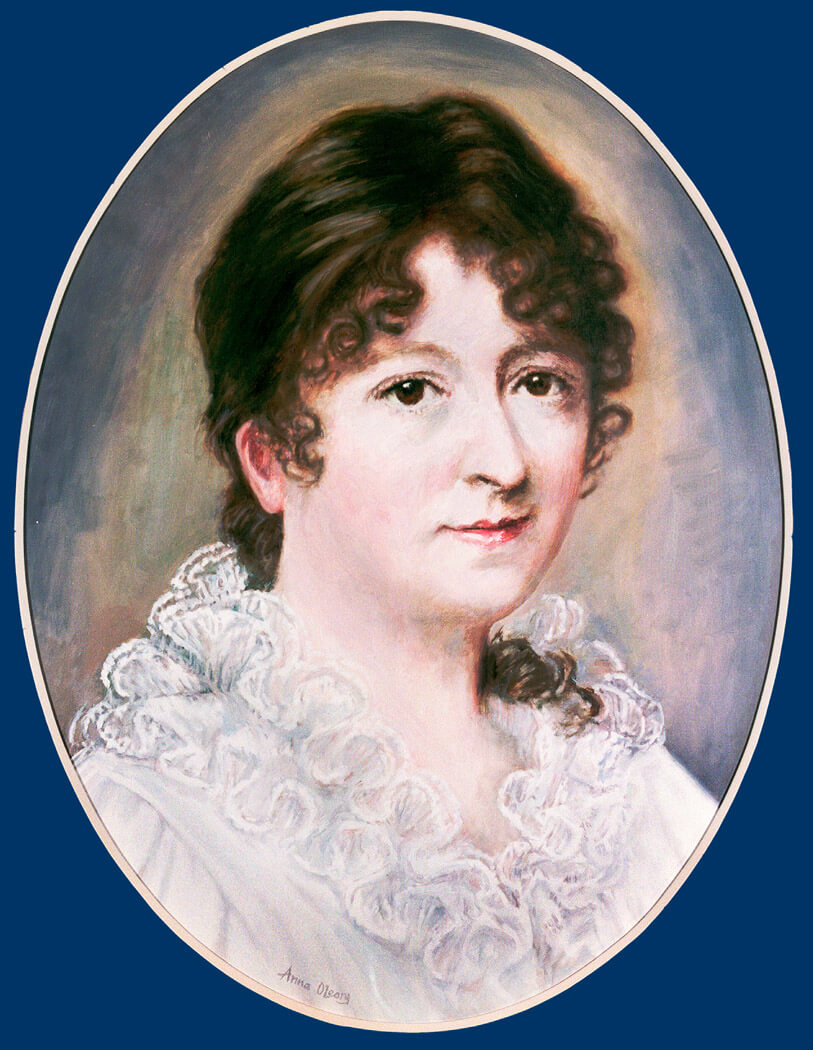
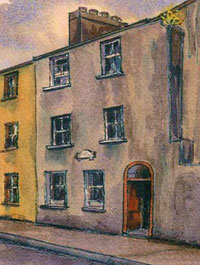
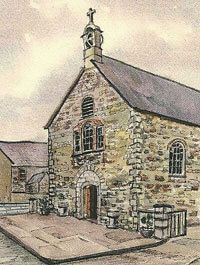
A Vision to Give To The Poor
For the last twenty seven years of her life, Mary was confined to her bed or a wheelchair. Her vision and energy were not weakened by this confinement, but distilled into a deeper definition of service. Mary Aikenhead died on the 22nd July 1858.
On hearing the news of her death a poor farmer paid her this tribute: “That matchless woman! In her, Ireland’s poor have lost their best friend.” After her death her vision ‘to give to the poor what the rich can buy with money’, continued to grow and spread in Ireland, England, Scotland, Zambia, Malawi, Nigeria and California.
The Life Of Mary Aikenhead
In January 2013 Sr Miriam Twohig RSC gave a presentation to the Senior Sisters in the Irish Province on the life of Mary Aikenhead.
Sr Miriam is a native of Co. Cork. She taught in a primary school for twelve years before entering the Congregation of the Religious Sisters of Charity in 1956. After her profession, she continued to teach in primary schools of the Congregation until she retired. Following a sabbatical, she did remedial teaching until she was transferred to St. Vincent’s in Cork to work in the Centre for women with mild learning and physical disabilities.
Her main interests are in spirituality, education, history, classical music, mixed-voice choral music, ‘fancy’ cooking and in promoting the life and spirituality of Mary Aikenhead.
Her presentation is re-produced in three PDFs below:

Mary Aikenhead was born in Cork in 1787. Her father, Dr David Aikenhead, was an apothecary and a member of the Church of Ireland. Her mother, Mary Stackpole, was from a Roman Catholic aristocrat family. Mary was fostered out to John and Mary Rourke, a poor Roman Catholic couple, until she was six when the Rourkes came to live with her family as servants.
The Cause of Mary Aikenhead
Mary Aikenhead's journey to be officially pronounced a Saint by the Church began in 1908 and is still in progress. You can read about that journey by clicking HERE.


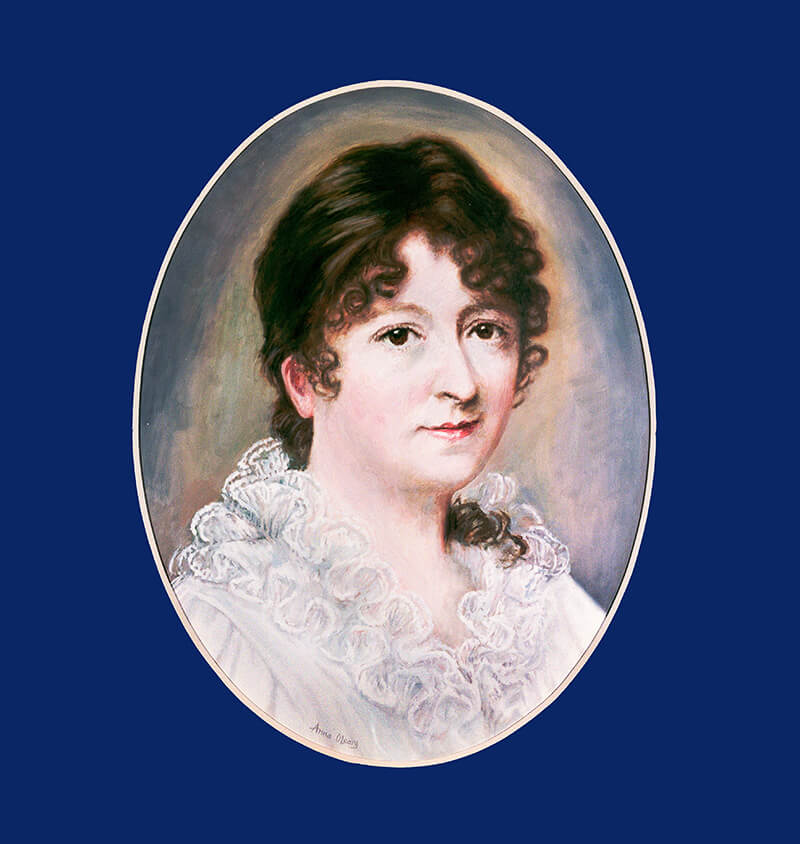
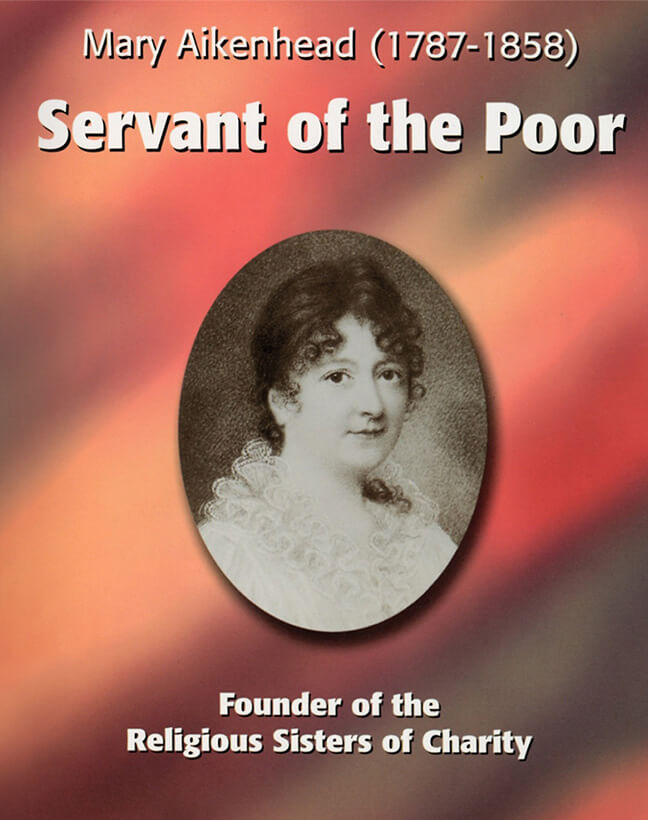
Servant of the Poor
Please view our eBook, Mary Aikenhead: Servant of the Poor below.

